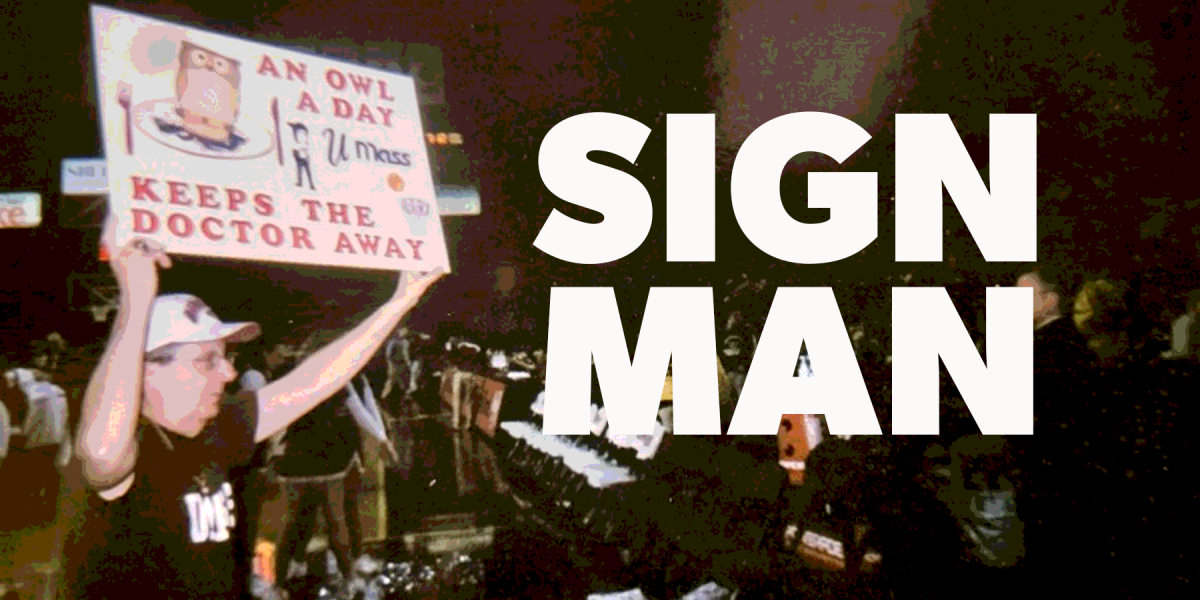Imagine this Halloween you and your friends are going to see a scary movie. You stop at the refreshment stand and get soda (a small is seven cups) and a box of Junior Mints (4.75 oz). Even scarier than the movie you’re there to see is the snack you choose. How would this affect your health? How is this going to affect you in the long run?
First we’ll look at that soda. Bubbly, fun and tasty, soda is a regular in the diet of many Americans. What people may not understand is that soda affects their health. One small movie theater soda contains 500 calories.
Soda has been referred to as “liquid candy,” meaning it is a beverage loaded with sugar, dyes, preservatives and little else. It has a low nutrient density, meaning that it provides very few health benefits (i.e. vitamins and other nutrients like calcium) but is high in calories and sugar.
Well let us look at some of the ways in which soda might affect a person. Excess sugar can lead to cavities in the teeth. Also, the acidity level causes calcium to leave the bones, and less calcium in the bones can lead to osteoporosis.
Here is an experiment to try: Take a can of regular Coke and empty it into a clean glass. Find a chicken bone. Place the chicken bone in the glass, leave it submersed for a few days, and then remove it. Look at the differences in the bone. Notice how it is changed from sturdy and firm to soft and more flexible.
Drinking soda may also affect your heart health. The Journal of the American Heart Association published a study recently stating that “drinking more than one soft drink daily, whether regular or diet, may be associated with metabolic syndrome or increase risk factors for heart disease.”
Check out this article and others related to soda products at www.thecoca-colacompany.com under “Press Center” or check out more health facts at the Center for Science in the Public Interest at www.cspinti.com.
People drink soda regularly, but they also have another sweet additive to their diets: candy. Halloween is a favorite holiday for kids and adults alike, so what Halloween is complete without the loads of candy people hand out freely? Whether you are munching on bite size chocolates that you keep on your desk or eating the whole box of Junior Mints at the movies, these calories can add up quickly. That box of Junior Mints contains 595 calories and 8.75 grams of saturated fat.
Candy is considered a food that has “empty calories” because they provide no important nutritional value. These food items provide a small amount of energy from sugar but contain little or no essential nutrients like vitamins and minerals.
Many foods that are high in sugar are typically high in fat also, which is usually the case with candy. Foods high in saturated fats have been linked to obesity and heart disease.
Today obesity is becoming more prevalent, due to many factors. The Centers for Disease Control and Prevention (CDC) states that physical inactivity and unhealthy eating contribute to obesity and a number of chronic diseases such as cancer, cardiovascular disease and diabetes. The Dietary Guidelines for Americans 2005 recommends that people limit their intake of food and beverages with added sugars, like high fructose corn syrup.
So what do we do with all that leftover candy? Moderation is the key. People should limit and pay close attention to what they consume. Snack on small amounts only, like the bite size pieces instead of a whole candy bar. Keep candy out of sight: “Out of sight, out of mind.” Keep only a small amount and throw the rest away.
At the movies, buy a smaller box of candy. If they don’t have any small boxes, grab a handful and put the rest of the box away until later. Bring a drink with you to the movies or buy 100 percent juice instead of soda.
There is nothing scarier than finding out you ate over 1,000 calories on simple snacks. That really puts the horror in horror movies.
Emily Trembley and Kimberly Burke are Collegian columnists. They can be reached at [email protected].






